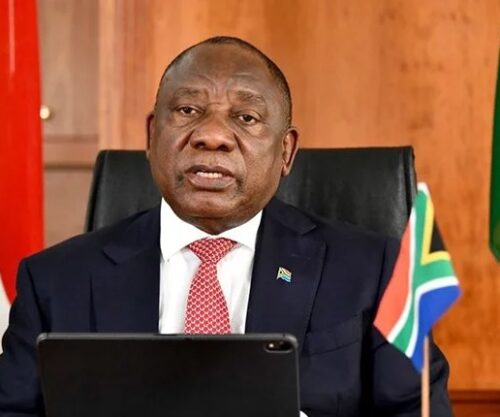
When the beat stops for a cause
In the heart of South Africa’s music scene, Nadia Nakai made a bold move that turned heads. Rather than launch her new single as planned, she publicly pulled the plug on both the release and her upcoming gigs. The reason? A nationwide shutdown organised by Women for Change to protest gender-based violence. The message was clear: when the fight is bigger than the stage, the mic can wait.
From studio-hype to solidarity icon
Nakai had scheduled the drop of her track “Really” featuring Nasty C for 21 November. That date aligned with the global attention on the G20 Summit in Johannesburg, but she felt the spotlight needed to reflect a different story. She announced that the single will now arrive on 28 November and confirmed she cancelled her gigs for the protest day. Her cause-driven move disrupted the usual hustle and invited the nation to pause.
Purple profile pics and shifting spotlight
Across social media, profile pictures turned purple as thousands of women and allies joined the shutdown. Nakai changed her own image and posted a message aligning herself with the protest’s aims. The hashtag-filled feeds lit up with support, and fans praised her for leaning into purpose rather than publicity. The question that followed on X and Instagram: Can an artist choose activism over airtime and still keep the momentum?
Music meets movement: why it matters
In South Africa, the struggle against gender-based violence is urgent and ongoing. By stepping back from commercial plans, Nakai turned an entertainment moment into an act of solidarity. Her choice places the spotlight not on charts or bookings but on lives and community. For the local industry and fans who see artists as role models, this is a reminder that the microphone can amplify more than beats.
@nadianakai My New song REALLY ft @Nasty_CSA ♬ original sound – nadianakai
A fresh angle for the local stage
Instead of framing this as a missed drop and missed ticket sales, we can view it as a pivot: a top-tier artist using her calendar and voice to echo national pain and collective action. For Johannesburg’s nightlife and South Africa’s music economy, the gap is real between club lights and street cries. Nakai’s decision bridges that gap. The real story now is not when the song hits the speakers, but what happens when the day of protest passes and the artist returns.
Next act: what’s on the horizon
The new date is set, the gigs are shelved, and the world is watching. When the track lands on 28 November, it will carry more than a beat—it will carry meaning. The industry may view this as a calculated risk, but in the cultural conversation, this is less about commercial timing and more about standing up. In the months ahead, fans will watch if she reconnects with the stage or keeps the momentum of her activism rolling.
Source: Briefly News
Featured Image: SA Hip Hop Mag




